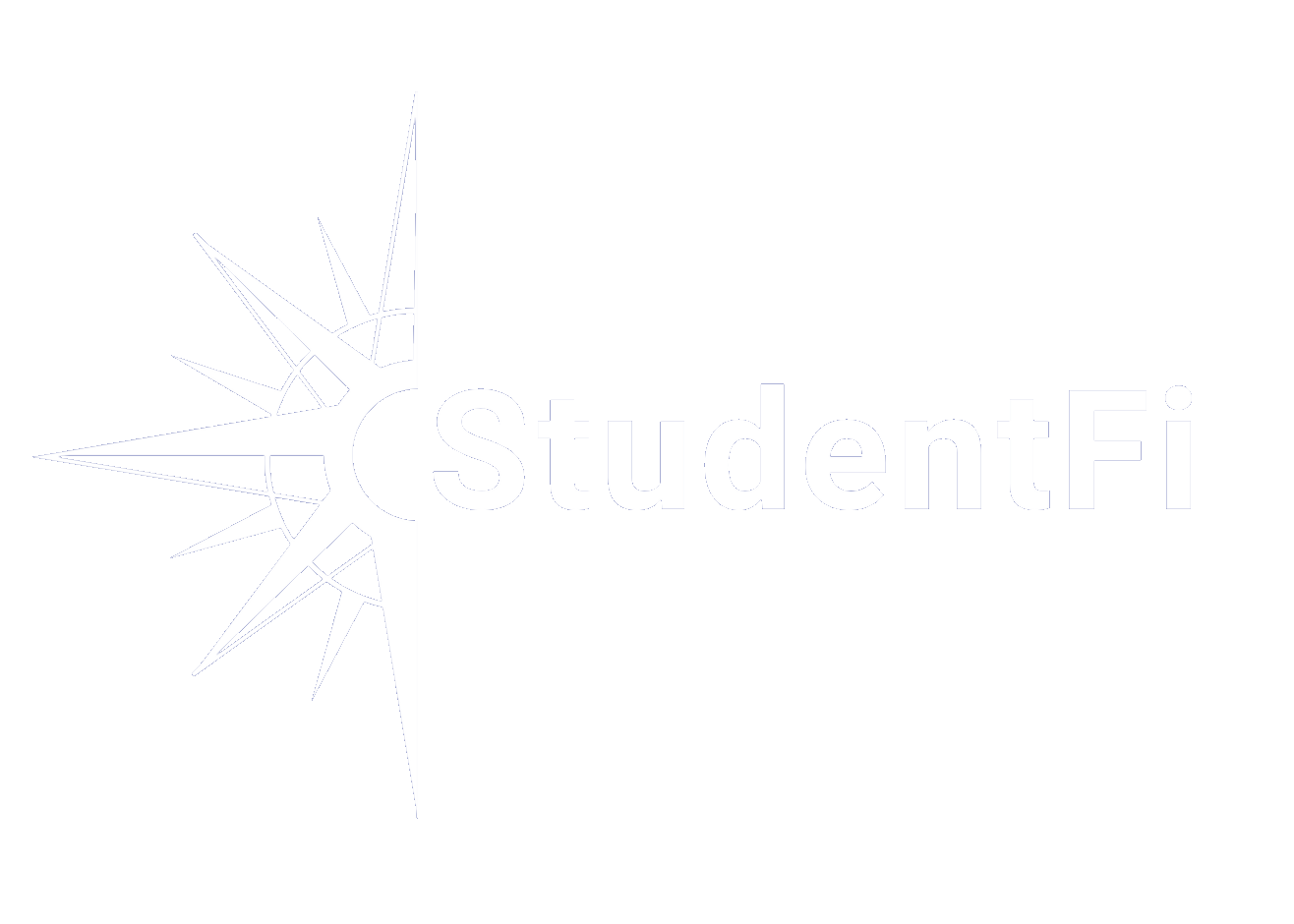- August 4, 2020
- Posted by: amg-dev
- Category: Repayment and Refinance Guides

Student loans are an essential for many students, without them, a lot of people would be unable to pay for their education. However, repayment plans are not a one-size-fits-all; the best one for you will depend on your own financial circumstances. Some factors to consider when making your decision are:
1) Do you want to pay off your loans ASAP?
2) Do you want your monthly payments to be smaller?
3) Will paying your loans will be a challenge or unaffordable?
4) Are you going to want forgiveness on your loan?
5) Can you easily afford your loan?
1 Paying off your loans ASAP
There are two options for people who want to get rid of their debts more quickly: staying with your original loan and making extra/ bigger payments or switching to a new loan with a shorter repayment term.
Making extra/ larger payments
Paying more in your instalments than required will allow you to get rid of your student loan debt more quickly. Also, paying it off more quickly will reduce the overall amount that you owe, as the longer your repayment term, the more interest your loan will amass. By making extra monthly payments you could reduce your repayment term by years.
Switching to a shorter repayment term
While making extra or larger payments helps to pay off your loan faster, refinancing to a shorter term could help you to get a lower interest rate on your loan. The only difference is that the increased monthly payments will be mandatory rather than voluntary.
2 Making your monthly payments smaller
If you are going to struggle with keeping up with your payments, you can choose an extended repayment plan instead, which will make them more affordable. Alternatively, you can choose an income-driven plan.
Extended repayment plans
Extending your repayment term will not reduce your loan but it will allow you to pay less each month by giving you a longer period to pay it back over. Something to note though, is that you will end up paying more overall as your loan will collect more interest.
Another option is to choose a graduated repayment plan, which consists of making payments that gradually increase as your income grows, therefore it should always be affordable for you.
Student loan consolidation is a further option. Via a Direct Consolidation Loan, this can stretch out your repayment term to up to 30 years.
Income Driven Plans
IDRs work by calculating your monthly payments as a percentage of your income and keeping them capped at this level. This scheme helps to make things more affordable, but it means that you cannot cut down your long repayment period.
Some of the most popular IDRS are:
- Income-Contingent Repayment (ICR)
- Income-Based Repayment (IBR)
- Pay As You Earn (PAYE)
- Revised Pay As You Earn (REPAYE)
3 If paying your loans will be a challenge or you can’t afford it
If you are incapable of meeting your loan repayments, there are a few options available to you: IDRs, deferment and forbearance.
IDRS
As these are capped at a percentage of your monthly income, when you have a low income an IDR plan will reflect that. When struggling, your payments will be minimal or even non-existent. Also, after some years (how many depends on which IDR you pick), the remainder of the money which you owe is forgiven.
Deferment
It is possible to pause your payments by deferring them. Also, if you are deferring due to financial hardship, the federal government will pay the interest on your Direct Subsidized Loan for the duration of your deferment.
Forbearance
Like deferment, forbearance means pausing your payments, but the interest which your loan collects during this time continues. This makes forbearance less popular than deferment, but it is good to know all your options, even if one is a last resort.
4 How to get student loan forgiveness
If you are entitled to Public Service Loan Forgiveness and successfully meet 120 payments on an IDR plan, you should qualify for student loan forgiveness*. Forgiveness is also given once you have met your agreed number of IDR payments, this cancels out the remainder of any loan balance.
*people who work in a variety of areas are entitled to PSLF, most notably including the government and non-profits organisations.
5 The best strategies for people who can afford their loans
In contrast to the previous advice, this section is for those who have enough financial stability to pay off their loans easily and are looking for ways to minimise their debt.
The Standard Repayment Plan
The default federal plan consists of making monthly payments that never change. If you follow this pattern of instalments, then you will be free of your student loan debt within 10 years.
Refinancing
All student loans can be refinanced, regardless of whether they are federal or private. Refinancing can reduce your interest rate and change the terms of your repayment, depending on your personal needs.
Switching from a federal loan to a private one means that you forfeit federal borrower protections like income-driven repayment schemes and loan forgiveness. So do not refinance in this way unless you are sure that you won’t need these benefits later.
In contrast, if you refinance one private loan for another, you keep the borrower protections which your original loan came with. So, switching to a loan with a lower interest rate usually pays off without drawbacks. By doing this you can reduce your monthly payments and the overall amount of interest that you pay on your loan (except in cases of extended repayment).


